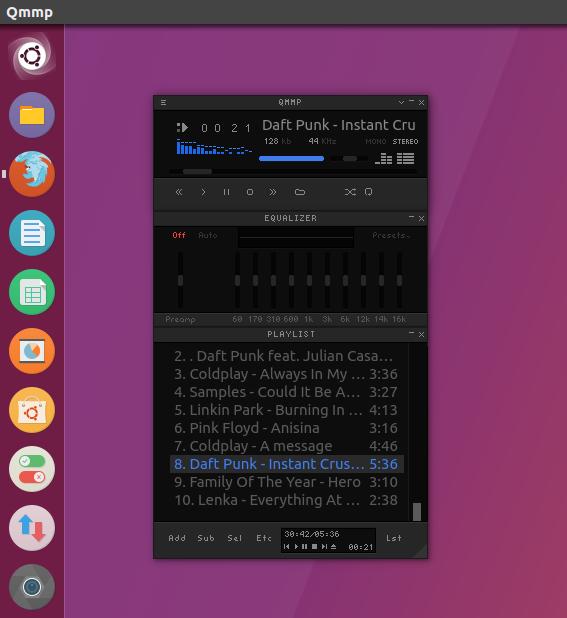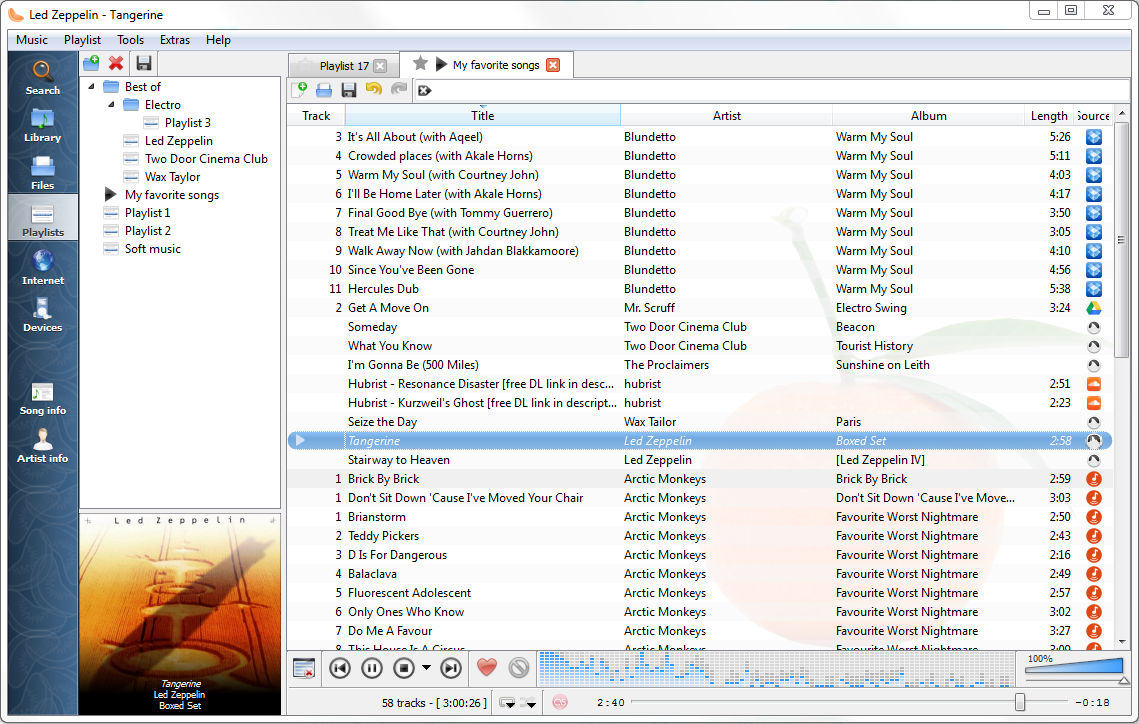

The result? The snazzy, powerful new music player known as Amarok 2

If you dig around a little, you can find a lot of documents following this process, e.g.
CLEMENTINE MUSIC PLAYER RAM CODE
Then, the Amarok developers decided to revamp the project for version 2 using newer technologies, removing bit-rotten code (apparently, due to the large userbase, there were many "drive-by patches" from one-time contributors, who were never heard from again) and, most significantly, completely rethinking the UI. Many years ago, the Amarok music player was very popular on Linux I used it extensively, as did many people I know, even though none of us used KDE (the desktop environment on which it was built). So however frustrating it was at the time, it's been all to the good in the long run.Īrguably, Clementine is a counterexample to your argument. In any case, if I'd gotten fb2k working four years ago, I probably wouldn't have been motivated to keep hunting for a solution until I found Subsonic, which serves my remote-streaming purposes better than fb2k ever will. But it looks like I'd have needed to hook the process with a debugger and monitor system calls to find out about it, and I wanted to listen to music more than I wanted to use unfamiliar tools to debug unfamiliar API calls made by an opaque binary blob. Would've been nice to know that four years ago, too. The same thread includes more information on the same kind of problem I was having from it I can surmise that if I'd created an empty CRL and had my root CA cert point to it, I probably would've been able to get it working. That's.hardly ideal, but it would probably have solved my problem, if it existed four years ago when I last tried to get this working. On the other hand, there's a forum thread from late last year in which the fb2k developer appears to have addressed the issue at least in part, by making it possible to whitelist hosts and thus bypass certificate validity checking. It didn't change anything about fb2k's behavior, though, which led me to surmise that fb2k was doing something wonky in its TLS implementation.
CLEMENTINE MUSIC PLAYER RAM WINDOWS
That was enough to stop applications using the Windows TLS stack, such as Internet Explorer, from complaining any longer about being unable to verify the certificate. That's why, in the process of investigating the issue, I added the root CA cert I'd created, and used to sign the server cert, to the Windows certificate store. Well, yes, I'm not completely ignorant of how TLS works, so that was of course my first thought on discovering fb2k lacked any interface by which I could tell it to trust my server cert.


 0 kommentar(er)
0 kommentar(er)
